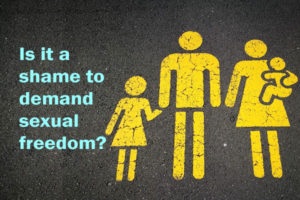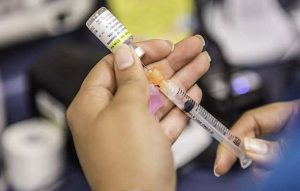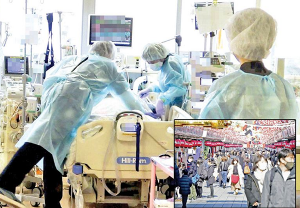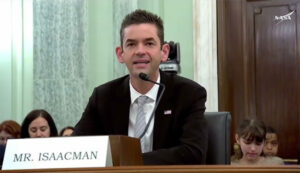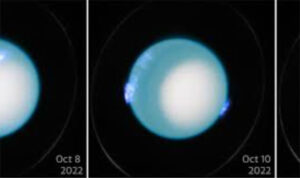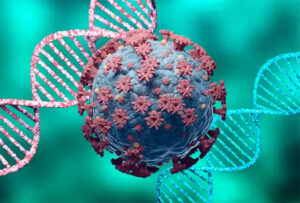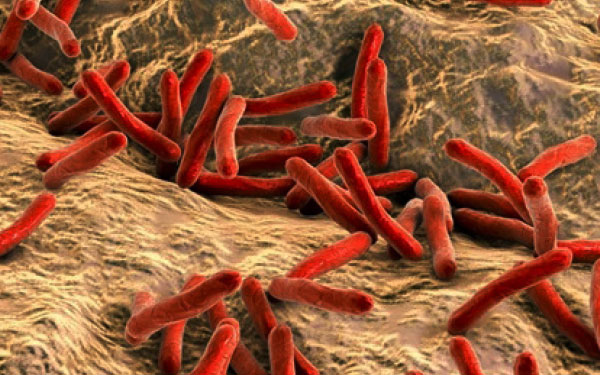
The Leprosy of Leprechaure’s disease has been confirmed to have been found in the Egyptian pyramids, or even leprosy in mummies. The first mention of leprosy in Sri Lanka is found in the early seventeenth century, in 1701. The Leprosy Day, which was held on the last Sunday of every January, was named by Rahul Folore, the Frenchman, for the great service rendered by Mahatma Gandhi of leprosy.
Leprosy
It has been found that breast cancer, a bacterium called Mycobacteriumphere (adjuvanted herbal medicine), has two types of leprosy that is breeding and non-infectious. The breeding species is called multibacillary (EMS), non-non-non-non-non-non-non-non-non-non-infectious type.
The epidemic that does not have a pale yellowish color under the skin is a symptom of leprosy. The main symptom of leprosy is if one or more spots are present anywhere else in the body except for one’s head. Additionally, if the patient has no ear pain, heartburn, stomach pain, and painful symptoms, the person may have been diagnosed with leprosy.
If the number of spots in a person’s body exceeds 5, the person has breast-feeding multicellular (EMS) leprosy and if the number is less than 5, the person will be diagnosed with non-infectious-type Formicillin (EDP) leprosy.
How to get housed?
Leprosy is breastfeeding through a respiratory tract through a respiratory tract, which is contaminated by a nipple or a cough by an infected leprosy. Most of the population has a natural immune defect against leprosy. A healthy person does not have the disease to treat a leper who receives treatment.
What are the characteristics?
There are many symptoms of leprosy. Skin sensitivity is less or no blemishes (the number and color of spots on the body’s body’s resistance to the body’s bacteria varies, and anywhere in the body, such as the limb and face of the body, may occur.) When touched by a thin shell, If there is a lack of knowledge, it may be a leper.) This is the main feature of leprosy Assessment can be introduced.
In addition, there are face-pain or other light spots in the body, skin color, lumpsy skin, tremors, hands and feet, and symptoms of leprosy.
Who are most likely to be victims?
Leprosy is most prevalent among children of low income families. Among the main causes of malnutrition, dwelling in more households, problems with child-bearing, and hygiene problems.
Although leprosy has been reported from all 25 districts throughout the country, leprosy has been reported from all parts of the Western Province especially in Colombo, Mount Lavinia, Kalubowila, Maradana, Mattakkuliya and Maligawatte areas.
What are the treatments for leprosy?
In 1940, leprosy was first given in some way by a successful treatment system. In 1981, multi-drug treatment was introduced with the recommendation of the World Health Organization.
Leprosy can be cured completely. The duration of treatment depends on the type of the disease. Two types of drugs for a non-infectious type should be obtained for six months. Drugs should be taken for 12 months including another drug for breeding purposes. Side effects are very rare. 90% of the patients reach a complete healing without side effects.
How is today’s leprosy disease?
It is regrettable that there are 2000 leprosy patients reported in Sri Lanka annually, and 8% of them are 10% of children under the age of 15. Today, the Central Leprosy Clinic and the Lady Diagnosis Clinic at each of the government offices treat leprosy. Patients will not be hospitalized or followed in the follow-up procedure.
As soon as the illness is diagnosed, treatment is started as soon as the prescribed medication is used, and it can also be used to live a healthy life.
Dr. Champa
